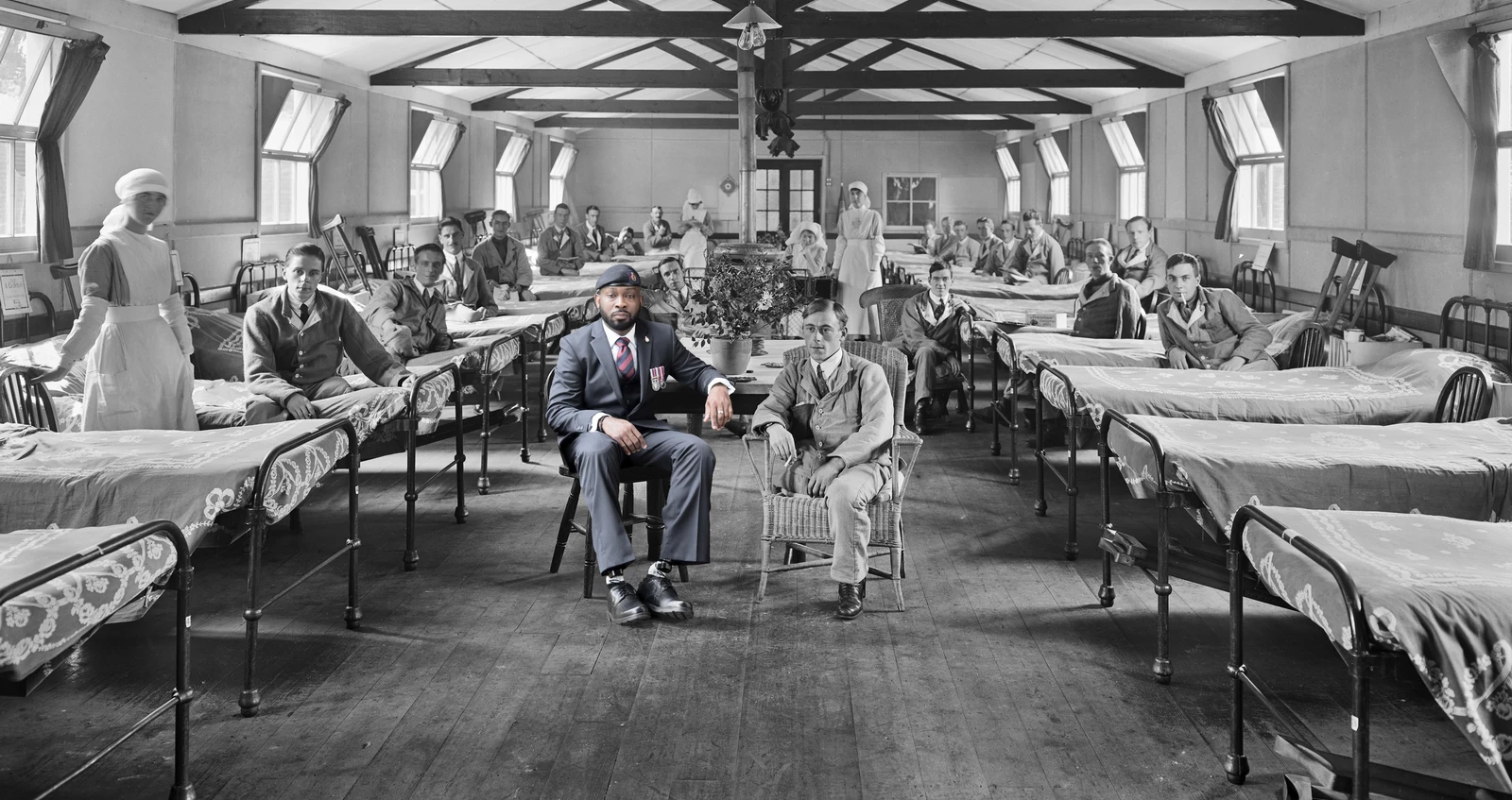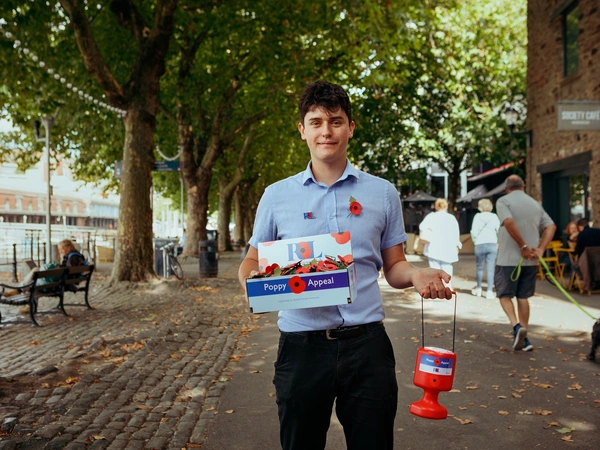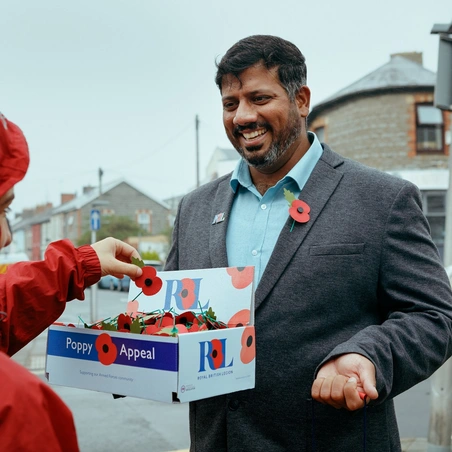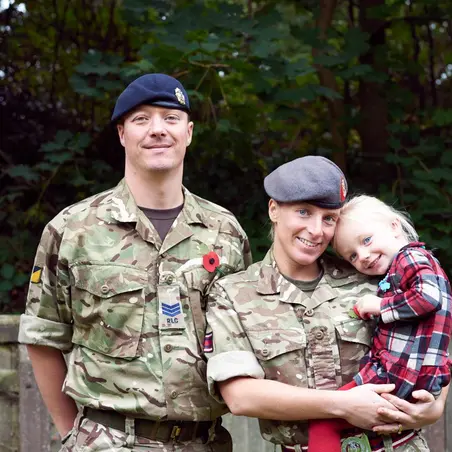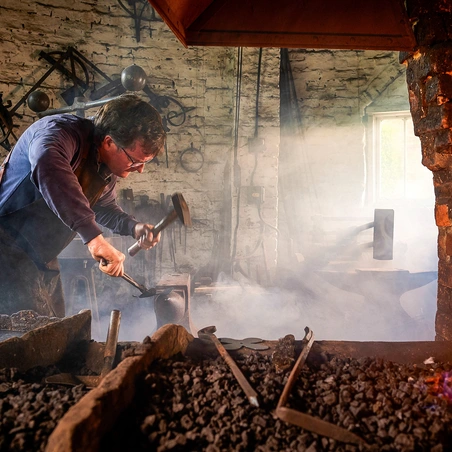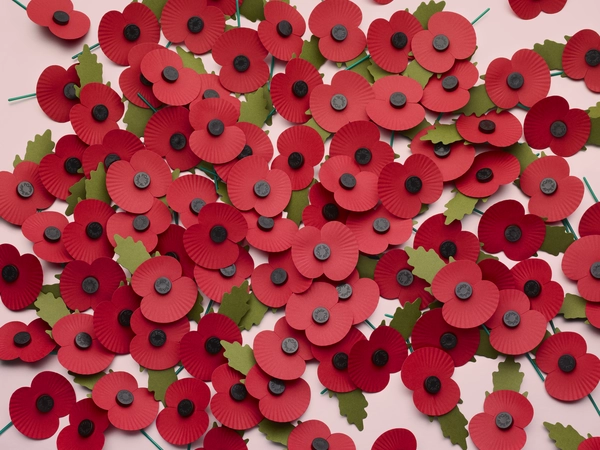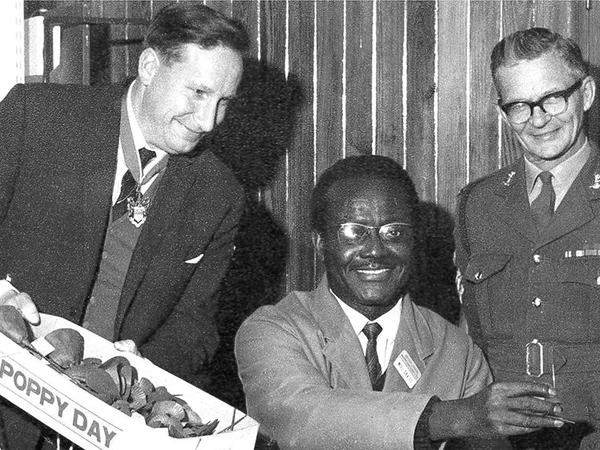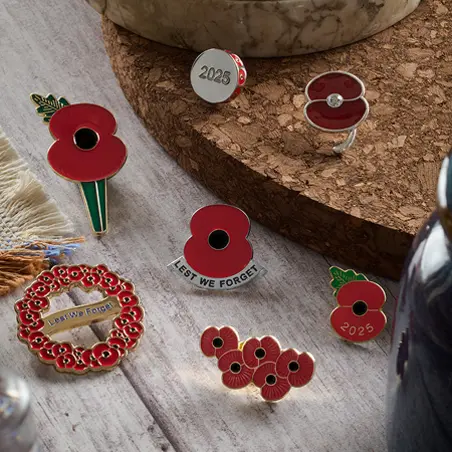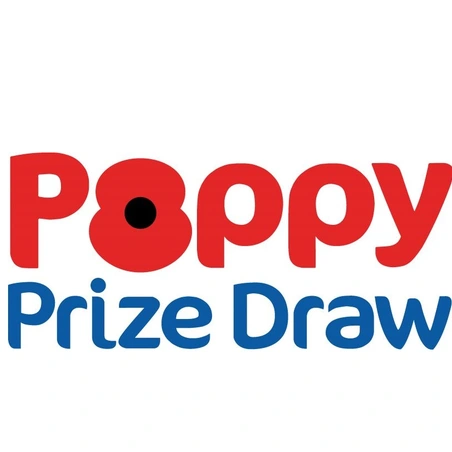Responding to need
For 100 years the Royal British Legion has been helping serving and ex-serving personnel and their families.
From those who served in the First World War to the men and women of our Armed Forces today, we believe no-one should suffer for having served others.
As we reflect on our achievements over the last 100 years, we stand ready to support the next generation when they need us.
Poppy Appeal
Thank you for supporting the Poppy Appeal. Every poppy makes a difference to the lives of our Armed Forces community. In 2021, we marked 100 years of the Royal British Legion, and also celebrated the return of our amazing Poppy Appeal collectors in our local communities. Without them and without you, we wouldn’t be able to continue supporting serving and ex-serving men and women and their families.
Make a donation
For 100 years, our people have challenged themselves and others to create better futures for those who have served and their families.
By working together we’ll make sure that all who have served and sacrificed on our behalf get the fair treatment and recognition they deserve.
Our people are what makes us
Every poppy counts
Red poppies have been worn as a show of support for the Armed Forces community since 1921. Today the Poppy remains as the symbol of Remembrance at the heart of our Poppy Appeal. RBL has a wide range of Poppy products available for you to order 24 hours a day, 7 days a week.
Buy a poppy
Telling our story
This is your story. It’s about you, your people, your branches, your community, your achievements and connections. By bringing to life their personal stories, memories and charitable work, we are telling the story of the last 100 years.
Explore our stories

